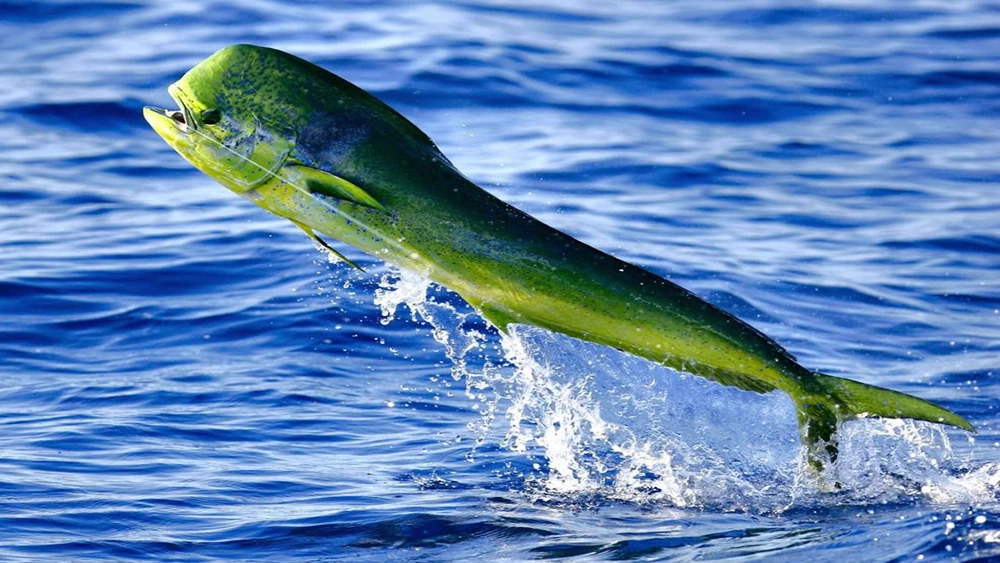Chasing Color: A Veteran Offshore Fisherman’s Guide to Mahi Mahi

By Ace B. Harper – HuntingOfficer.com
If you’re serious about getting into offshore fishing, there’s one fish you’ll hear about time and time again—mahi mahi. Some folks call them dolphin (not the mammal), others call them dorado, but whatever name you use, they’re one of the most exciting, colorful, and hard-fighting fish you’ll find out in the blue water. I’ve been chasing mahi for over two decades, and let me tell you, few things compare to watching a lit-up bull dolphin come charging toward a bait spread, leaping and tail-walking once it’s hooked. If you’re new to the game, listen close—these fish can make your day offshore go from slow to electric in a heartbeat.
First off, mahi mahi are pelagic fish, meaning they roam the open ocean and don’t really hang around reefs or the bottom like grouper or snapper. They love warm waters and are often found under floating debris, weed lines—especially sargassum—and even around floating buoys or current edges. As a new offshore angler, your eyes should always be scanning the surface for signs of life. A couple of birds working an area, some flying fish scattering, or a patch of weed holding baitfish can all mean mahi are nearby. And when you do find them, they’re usually not alone. One fish often means there’s a school nearby, which is where things get fun fast.
Mahi mahi are aggressive feeders. They’ll crush trolled ballyhoo, chase down lures, and they’re especially fond of live bait—threadfin herring, pilchards, or even a small blue runner. Once you hook one, leave it in the water if you want to keep the school nearby. That hooked fish will often keep the others interested, allowing you to pitch chunks or live baits and hook more. It’s a tactic that’s been filling coolers for generations. Another tip—keep a spinning rod ready with a chunk bait or jig. When the mahi show up under the boat, you don’t want to be scrambling to rig up.
One of the best things about mahi mahi, besides the fight, is how fast they grow and how plentiful they can be. They reach maturity quickly and don’t live long—usually just 4 to 5 years—which means they’re a sustainable species when managed properly. They can get big, too. A good bull might weigh 30 to 40 pounds, though most of what you’ll catch on your average trip are going to be 5 to 15 pounds. Don’t underestimate them, though. Even a small mahi will tear off line and make your reel sing.
Now let’s talk about color, because there’s nothing like a freshly hooked mahi flashing neon green, electric blue, and gold. It’s like hooking a piece of tropical lightning. That color fades quickly after they die, so take a second to appreciate the show when they’re boatside. And if you’re thinking about keeping a few for the grill, you’re in luck—mahi mahi are some of the finest-tasting fish in the ocean. Their meat is firm, white, and sweet, perfect for grilling, blackening, or even fish tacos.
But don’t get too carried away—offshore fishing, especially for mahi, still takes preparation and respect. Make sure your tackle’s in good shape, your hooks are sharp, and you’ve got plenty of ice for the fish you plan to keep. Always follow local regulations, too. Mahi may be plentiful, but good stewardship keeps them that way.
So next time we head offshore and you see a patch of sargassum or some birds diving in the distance, get ready. We’re not just looking for mahi—we’re looking for a rush, a story, and maybe the best dinner you’ve ever had. Welcome to the hunt.
Discover more from HuntingOfficer
Subscribe to get the latest posts sent to your email.
